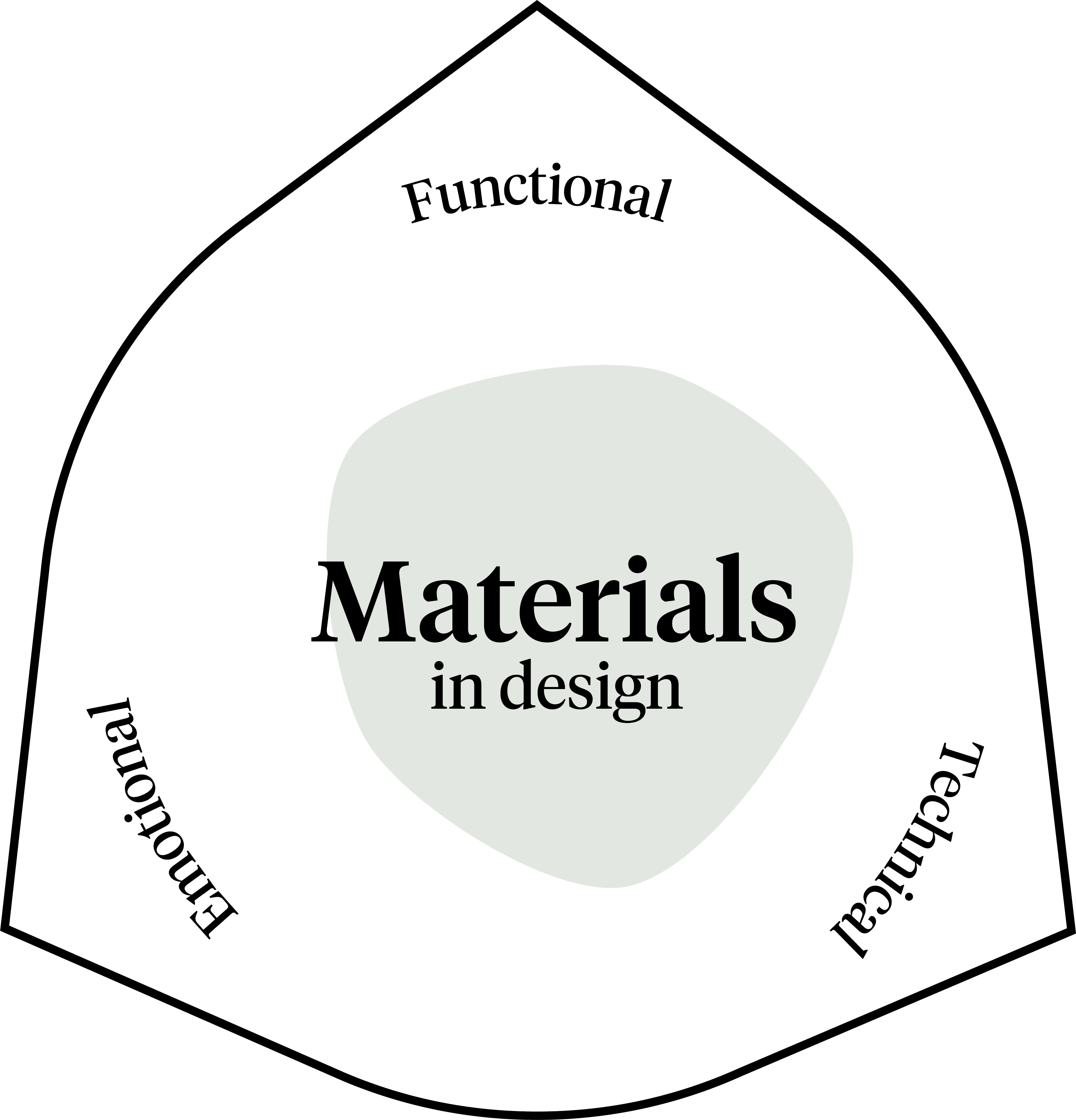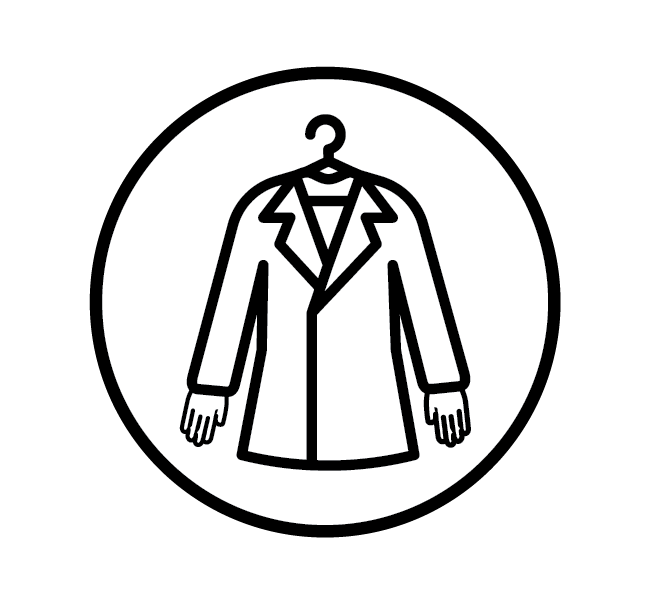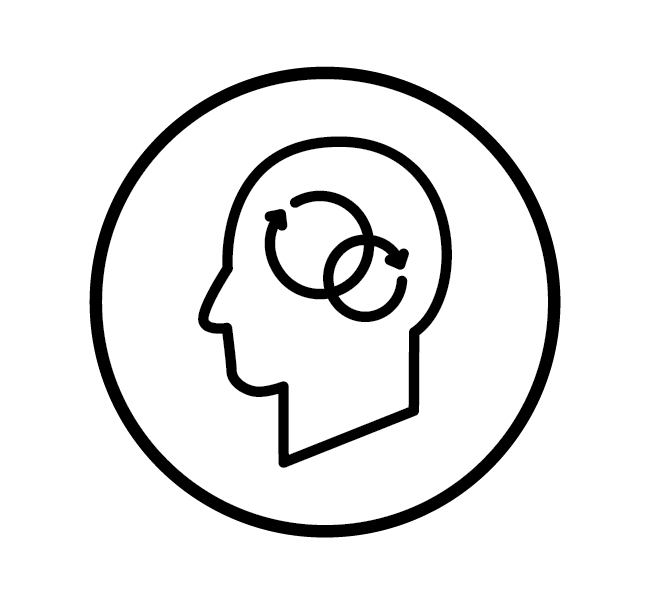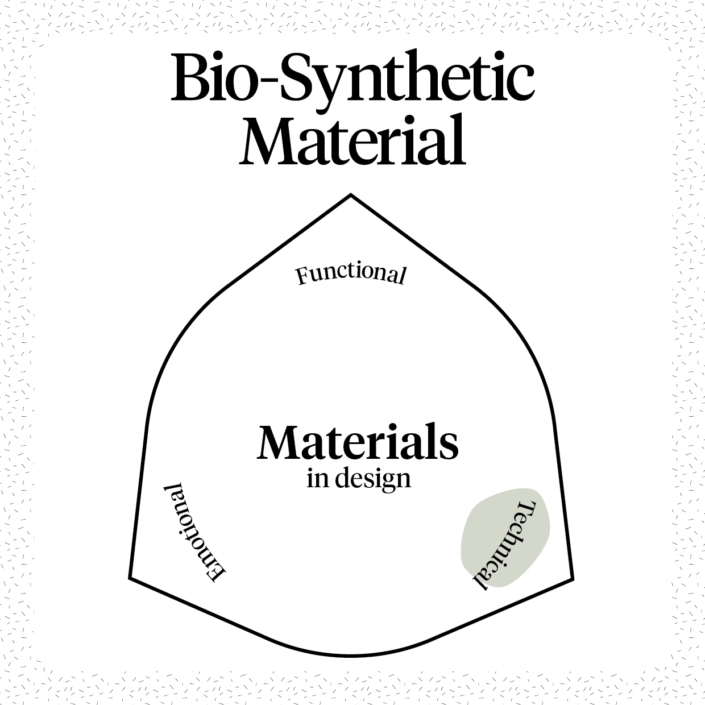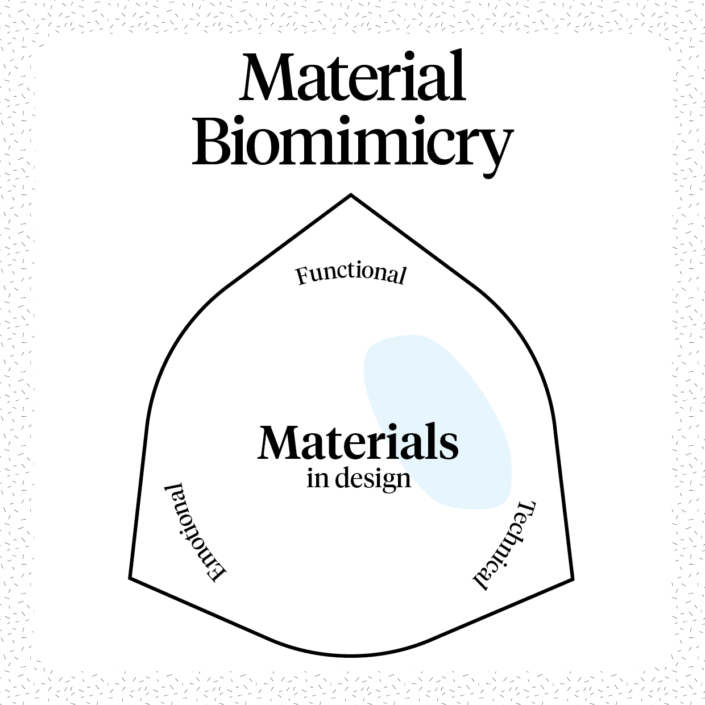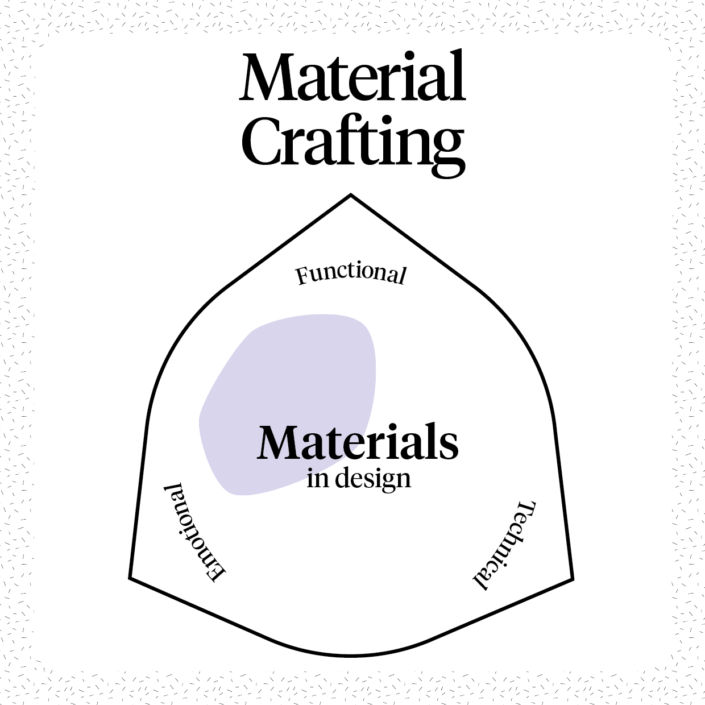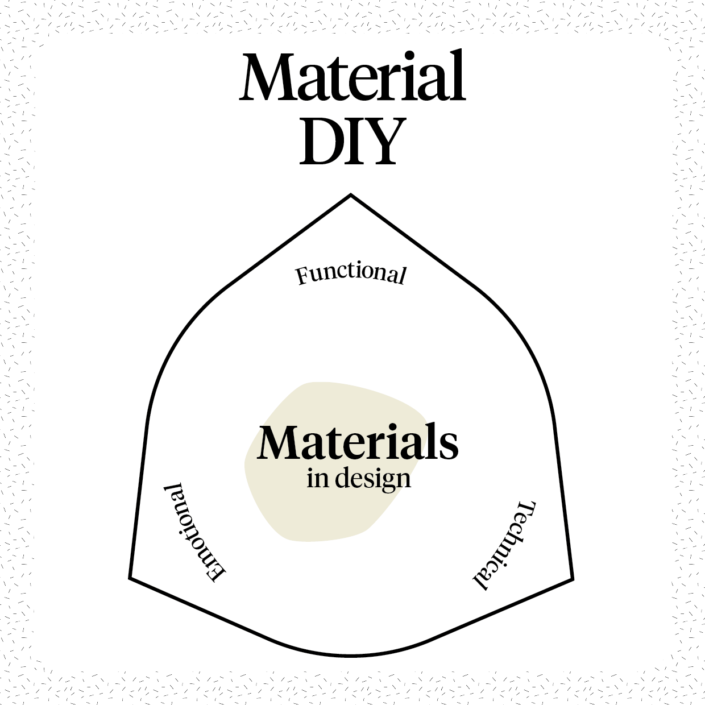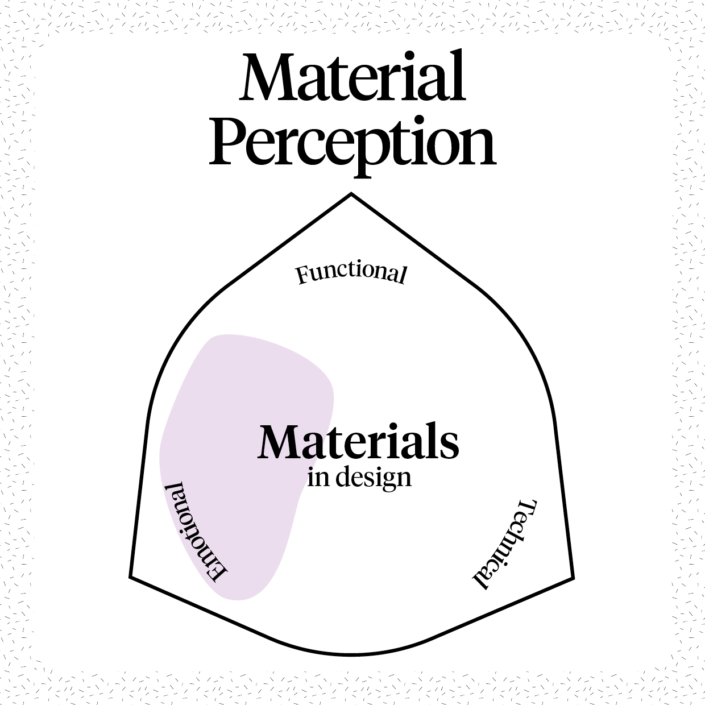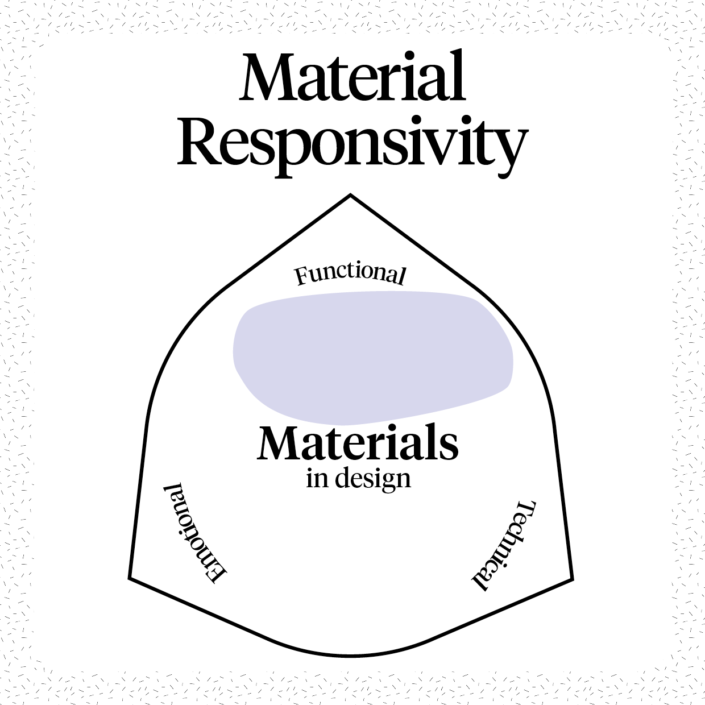What?
Often inspired by science and technology, speculative materials embody tangible or virtual artefacts around the concept of a possible or imagined world.
Why?
Material speculation is a way to induct critical investigation and inquiry of our present world. The output of the materials may propel thinking, evoke curiosity, open discussions, and raise awareness and questions at individual, communal and societal levels. It can also foster awareness in relation to a utopian or dystopian future.
Challenges
- How to disseminate the material and the context in which it was explored or created.
- The position calls for a level of viewer imagination and understanding of context.
- Technology and physical requirements for creating speculative materials may be limited e.g. labs, machinery.
- Cross-disciplinary collaboration may be required to take material exploration further.
Examples
- Faber Futures is a biodesign futures agency that have experimented with dyeing fabric with bacteria.
- The Design out Waste project by The Agency of Design speculates on what to do with old electronic devices.
Further Reading
Auger & James (2013). Speculative Design: Crafting the Speculation. Digital Creativity. 24 (1), pp. 11-35.
Coraglia & Di Giorgi (2019). The role of design in discovering speculative futures materials for local revaluation. Investigation of the methodology. The Design Journal 22:sup:1, pp. 1687–95.
Dunne & Raby (2013). Speculative Everything. MIT Press.

